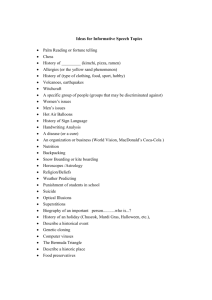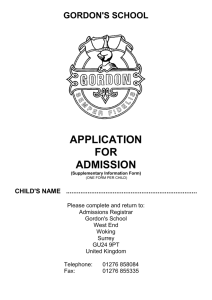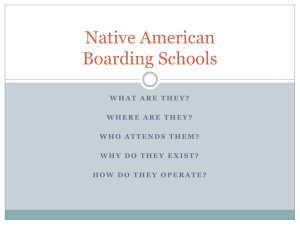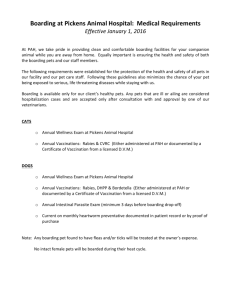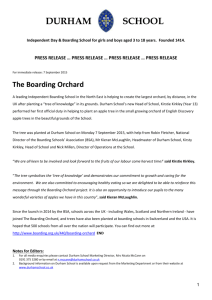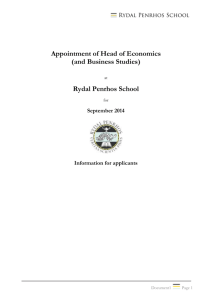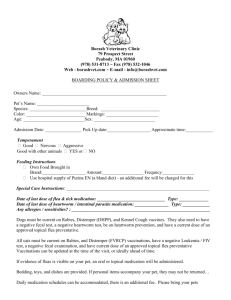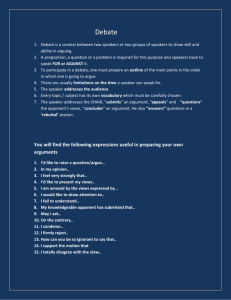My Name is Not Easy 2
advertisement
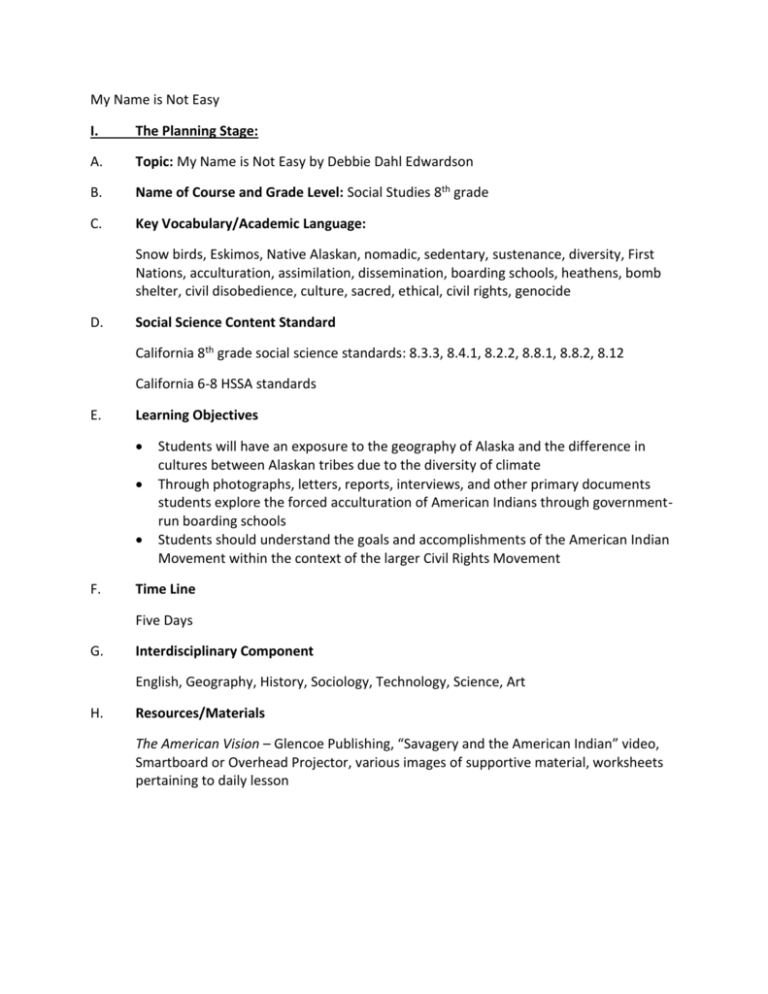
My Name is Not Easy I. The Planning Stage: A. Topic: My Name is Not Easy by Debbie Dahl Edwardson B. Name of Course and Grade Level: Social Studies 8th grade C. Key Vocabulary/Academic Language: Snow birds, Eskimos, Native Alaskan, nomadic, sedentary, sustenance, diversity, First Nations, acculturation, assimilation, dissemination, boarding schools, heathens, bomb shelter, civil disobedience, culture, sacred, ethical, civil rights, genocide D. Social Science Content Standard California 8th grade social science standards: 8.3.3, 8.4.1, 8.2.2, 8.8.1, 8.8.2, 8.12 California 6-8 HSSA standards E. Learning Objectives F. Students will have an exposure to the geography of Alaska and the difference in cultures between Alaskan tribes due to the diversity of climate Through photographs, letters, reports, interviews, and other primary documents students explore the forced acculturation of American Indians through governmentrun boarding schools Students should understand the goals and accomplishments of the American Indian Movement within the context of the larger Civil Rights Movement Time Line Five Days G. Interdisciplinary Component English, Geography, History, Sociology, Technology, Science, Art H. Resources/Materials The American Vision – Glencoe Publishing, “Savagery and the American Indian” video, Smartboard or Overhead Projector, various images of supportive material, worksheets pertaining to daily lesson II Lesson Plan Content and Instructional Strategy A. Hook – images of boarding school http://www.youtube.com/watch?v=PTm479tr2jo&feature=BFa&list=PL4BE135AAFE390 2EA&1f=results_main http://www.youtube.com/watch?v=eJKrGu2cwT0&feature=related B. Transition – Introduce the laptop folder and how to we will be using it as a graphic organizer C. Lesson Content Day 1&2 Discuss vocabulary words – Eskimos, First Nations, Native Alaskans, assimilation, acculturation, and boarding schools. Students will choose one of the following Native Alaskan cultures: Intupiaq, St. Lawrence Yupik, Yupik, Cupik, Athabascans, Unanqax, Alutiiq, Eyak, Tlinqit, Haida, or Tsimshian and write a brief summary of the tribe. Read first selection of book. Day 3: Introduce Vocabulary. Small group work: using photographs of children before and after attending boarding schools, students will analyze and discuss the visible differences in the children, as well as infer the emotional loss the children might have experienced. Students add to their laptop folders the positive and negative aspects of boarding schools. Read second selection of book. Day 4: Iodine 131 Experiment – Introduce vocabulary. Brainstorm with students concerning their prior knowledge of nuclear weapons and testing of those weapons. Read page 197 through 216 of book. Students work in groups to complete the worksheet about testing in different parts of the country using the fact sheets provided – class discussion concentrating on civil rights and situations where native people were experimented on without knowledge of toxicity. Day 5: Group work – Students fill out their laptop folders discussing the following: 1. Five examples of ways larger society imposed rules to eradicate traditional tribal practices 2. Five examples where Native Peoples asserted self-determination to preserve their traditional beliefs Discussion on linking main ideas of the book. Conclusion: Students create collage using copies of photographs and their own drawings, students will express their impression of the information they learned over the past four days. Assessment: Participation and completion of laptop and collage Bibliography: http://www.archives.gov/education/lessons/fallout-docs/images/pamphlet-03.gif http://www.pbs.org/harriman/1899/native.html http://www.hss.energy.gov/HealthSafety/ohre/roadmap/achre/chap12_4.html http://www.youtube.com/watch?v=jb8pOwi5wbg&feature=related http://www.youtube.com/watch?v=IBzT1G4G-40 http://www.loc.gov/teachers/classroommaterials/lessons/indianschools/appear.html http://www.accessgenealogy.com/native/alaska/aktirbe.htm http://www.epa.gov/tp/whereyoulive/tribes-alaska.htm http://www.learner.org/interactives/historymap/indians2.html http://www.alaskanative.net/en/home/ http://alaskatrekker.com/natives.htm http://www.aaanativearts.com/alaskan-natives/alaskan_native_cultures.htm Savagery and the American Indian The American Vision
